Welcome to the fascinating world of the coffee plant! In the Seed Series, we’re laying the foundation for your coffee expertise. Before we dive into the nuances of bean varieties and roasting, it’s essential to understand the origins of those magical beans – the coffee plant itself. This botanical marvel, belonging to the Rubiaceae family, has evolved over millennia to produce the seeds that fuel our global obsession.
From Seed to Shrub: A Coffee Plant’s Life Cycle
The journey of a coffee plant begins with a tiny seed, often nestled within the fleshy fruit we call a coffee cherry. Once planted, this seed germinates, sending a delicate root down into the earth and a shoot upwards towards the sunlight.
Over time, the seedling develops into a shrub, its branches adorned with glossy, dark green leaves. These leaves are crucial for photosynthesis, the process by which the plant converts sunlight into energy to fuel its growth.
Blooming Beauty: The Coffee Flower
After a few years, the coffee plant reaches maturity and begins to flower. These delicate white blossoms, resembling jasmine, release a sweet fragrance that fills the air, attracting pollinators like bees and butterflies.
The flowers play a vital role in the coffee plant’s reproductive cycle. Once pollinated, they develop into the coffee cherries we all know and love.
The Fruit of Our Labor: The Coffee Cherry
The coffee cherry, initially green, gradually ripens to a vibrant red, yellow, or even purple hue, depending on the variety. Inside each cherry, typically two seeds develop, nestled within layers of protective pulp and parchment. These seeds, of course, are the coffee beans that we roast and brew.
A Bean’s Best Friend: Ideal Growing Conditions
Coffee plants thrive in specific environments, often found in tropical and subtropical regions known as the “Bean Belt.” These regions offer the ideal combination of factors for coffee cultivation:
- Temperature: Coffee plants prefer a consistent temperature range between 15-24°C (59-75°F).
- Rainfall: Ample rainfall is essential, with an average of 1500-2000 mm (60-80 inches) per year.
- Altitude: Higher altitudes generally produce higher quality coffee due to slower maturation and denser beans.
- Soil: Well-drained, fertile soil rich in organic matter is crucial for healthy coffee plants.
- Shade: Many coffee varieties benefit from shade, which helps regulate temperature and moisture levels.
The Anatomy of a Coffee Cherry
Let’s take a closer look at the structure of a coffee cherry, from the outside in:
- Exocarp: The outer skin of the cherry, initially green and then changing color as it ripens.
- Mesocarp: The fleshy pulp beneath the skin, often sweet and juicy.
- Parchment: A protective layer surrounding the bean.
- Silverskin: A thin membrane encasing the bean itself.
- Bean: The treasure within, composed of two halves (cotyledons) that contain the coffee’s flavor and aroma compounds.
Understanding the coffee plant’s biology is key to appreciating the journey from seed to cup. It highlights the intricate interplay of nature and human intervention in producing the beverage we cherish.
Next Up: Seed 102: II. Coffee Taxonomy – Your Adventure Begins Here
Now that we’ve explored the life cycle and anatomy of the coffee plant, let’s delve deeper into the world of coffee taxonomy. We’ll navigate the complex family tree of coffee species and discover the incredible diversity that exists beyond the familiar Arabica and Robusta beans.


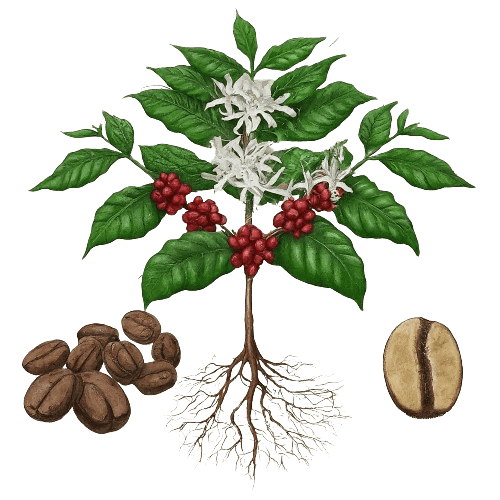
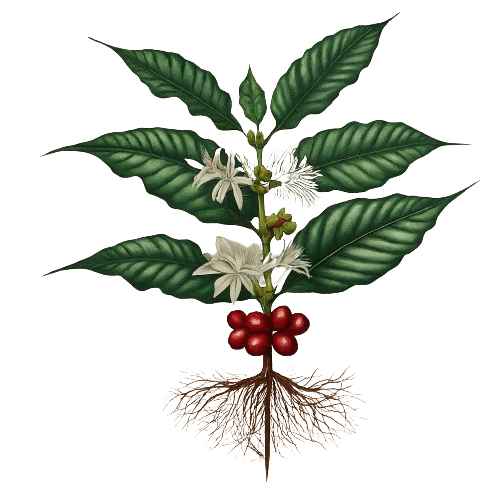
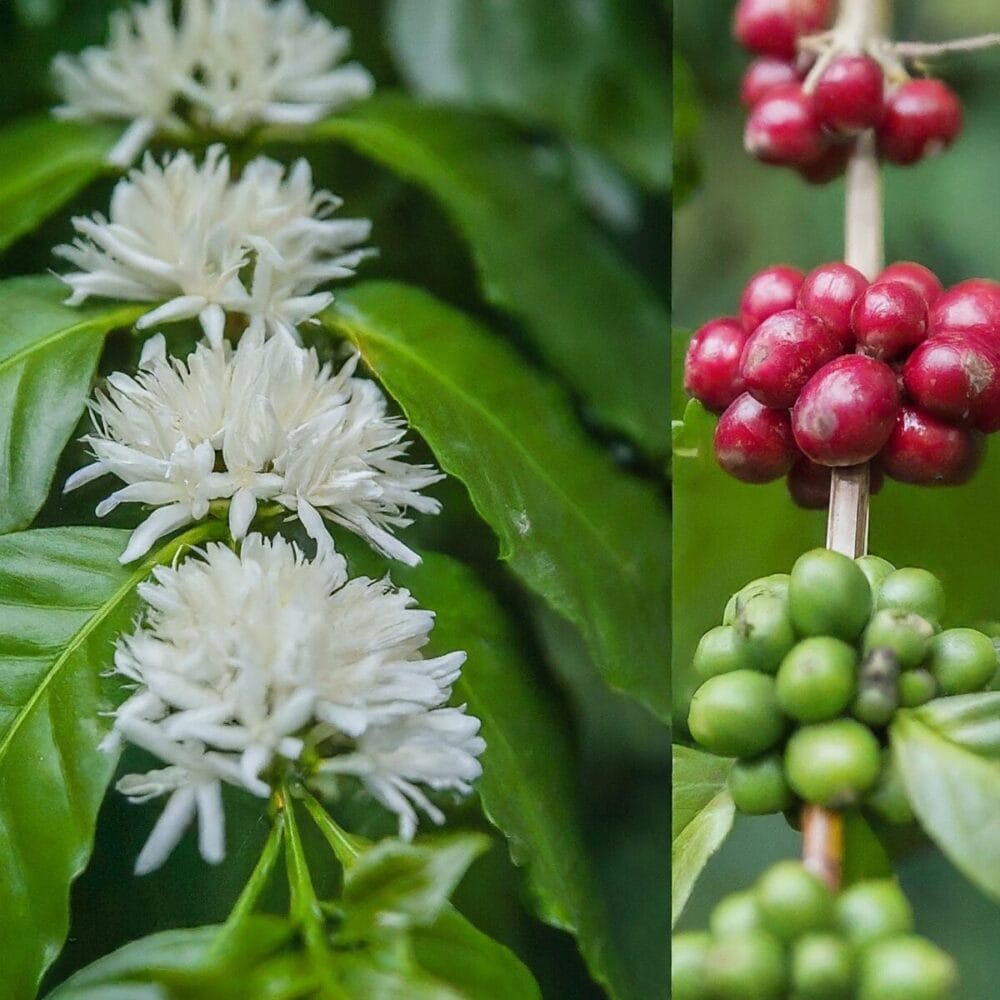
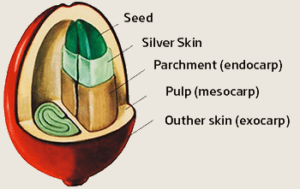
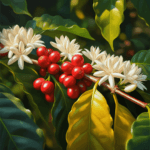

No Comment! Be the first one.